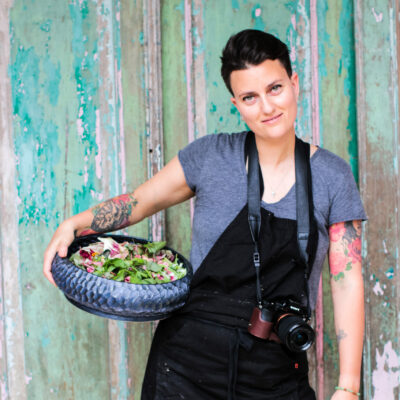
Bettina Campolucci Bordi
Bettina is a self-taught chef and a huge plant passionate advocate, specialising in Plant based (Vegan) and free from recipe development for brands, the hospitality industry and within food development. Bettina has written three cookbooks; Happy Food & 7 Day Vegan Challenge and her latest, Celebrate – Plant-based recipes for every occasion. Bettina is passionate about unravelling the potential of plant foods and the free-from space by following easy and basic principles incorporating seasonality and local produce. Food that makes you feel good, that is grown within the seasons and nurtured by people that care.


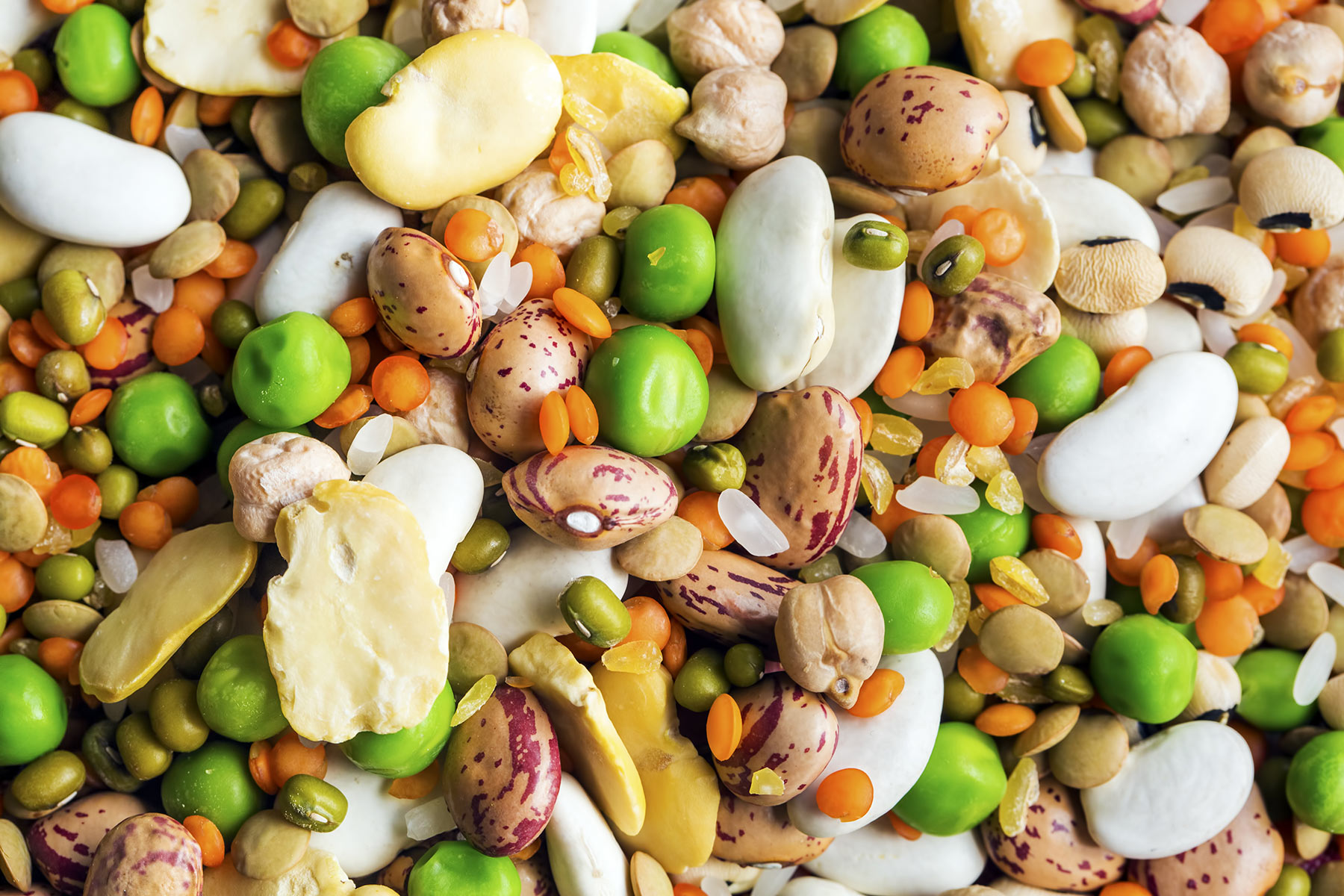


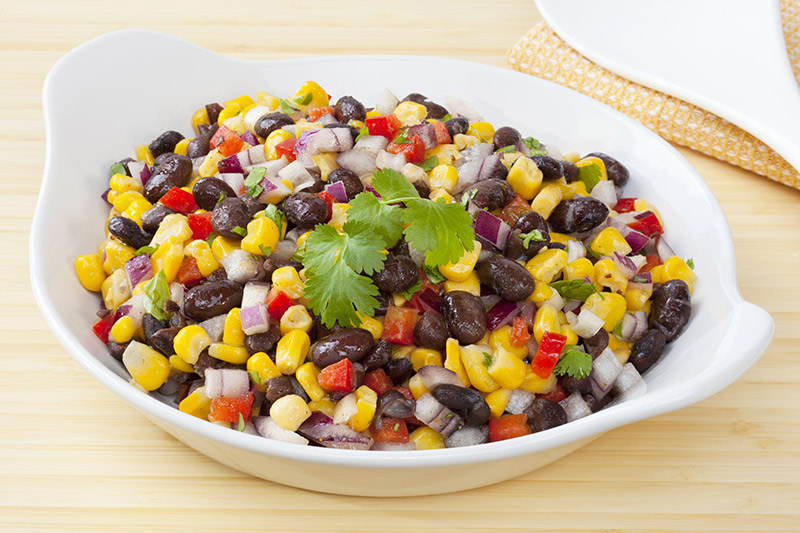
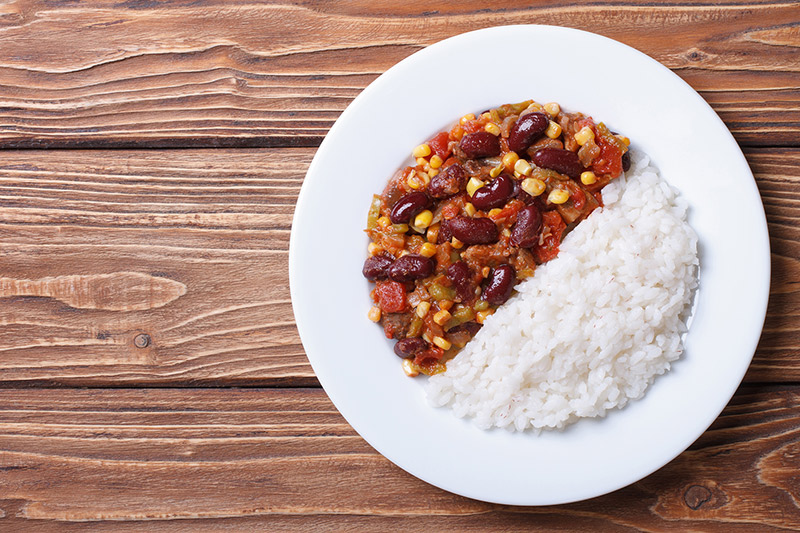
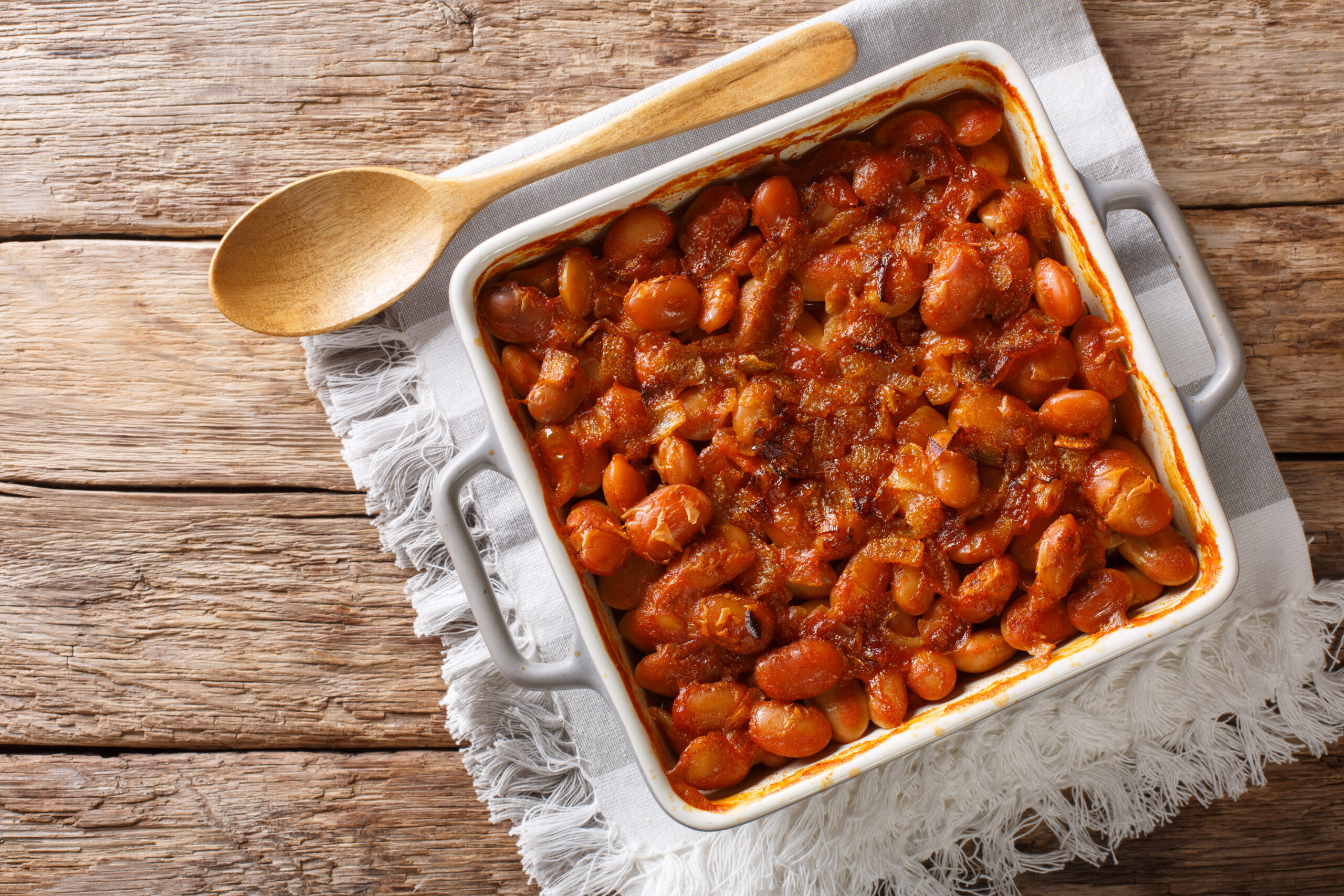
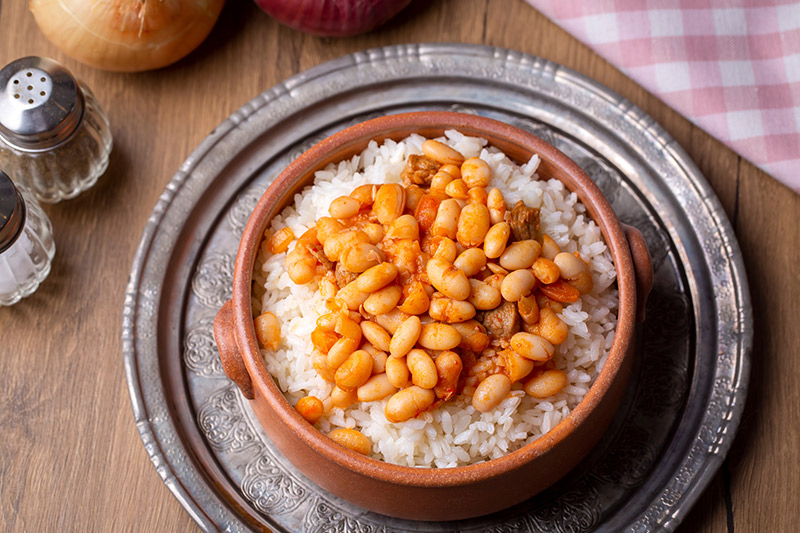
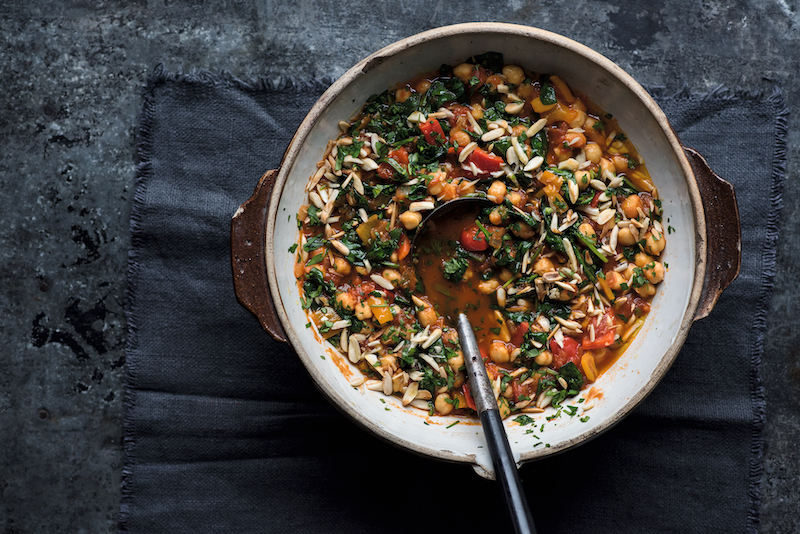
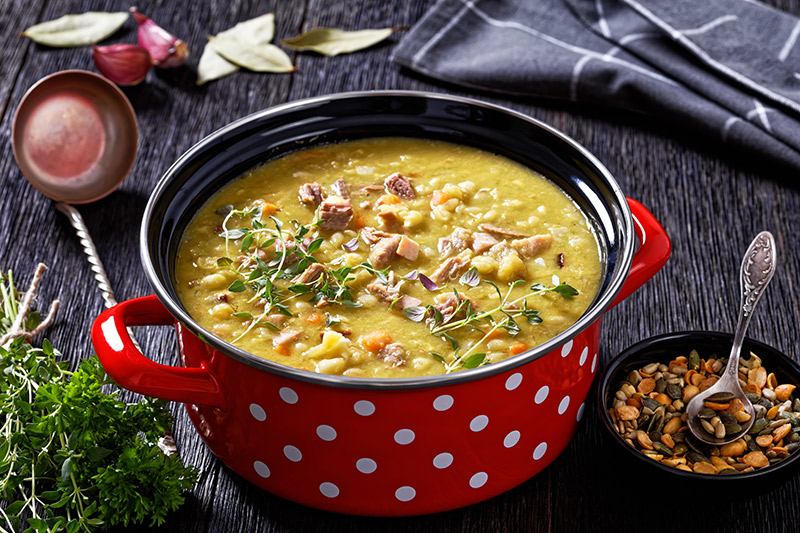
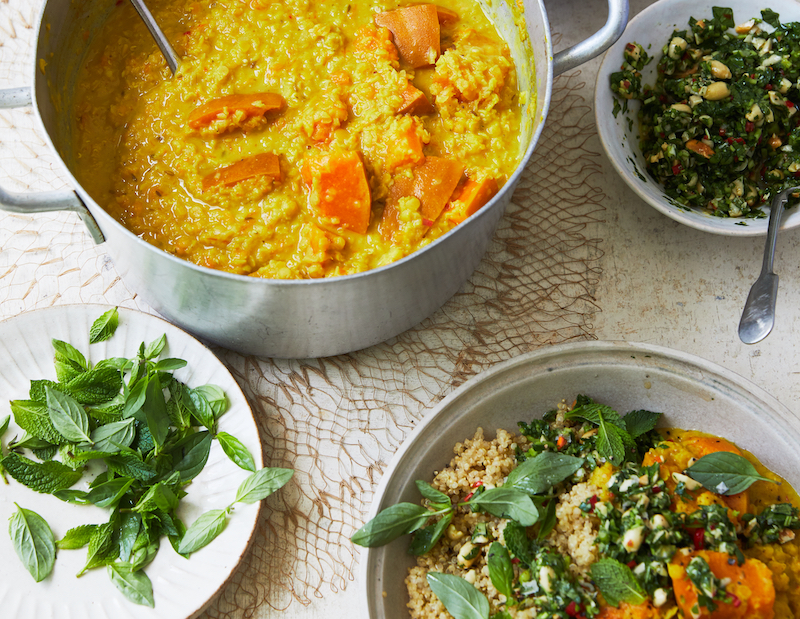

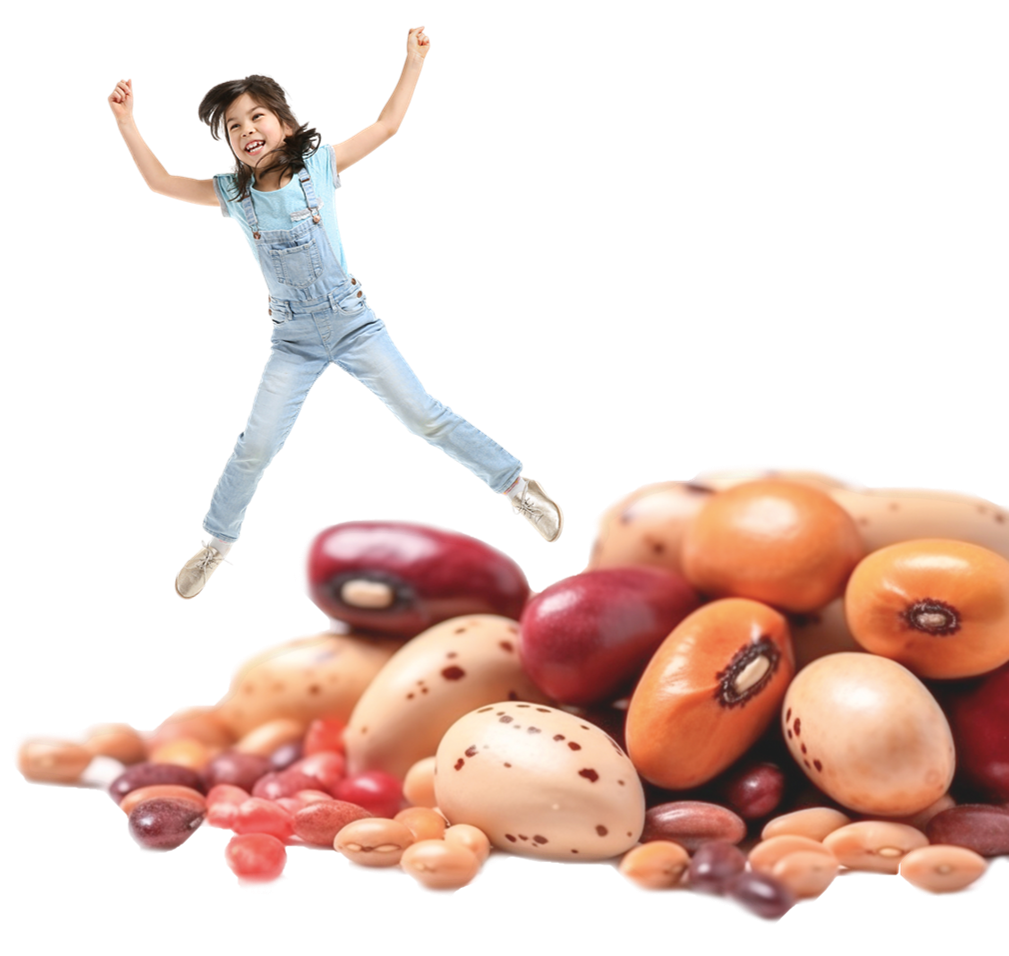

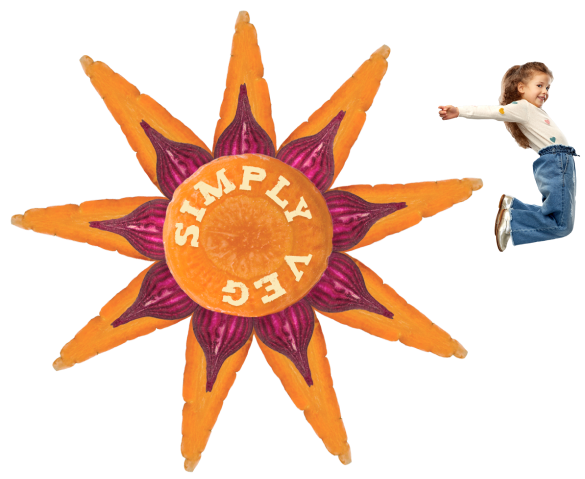
Follow Us on Social